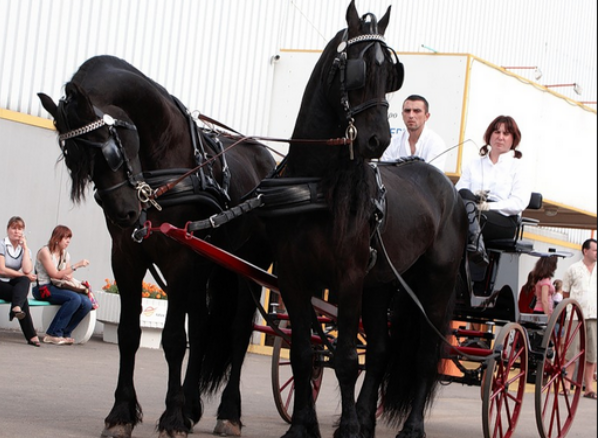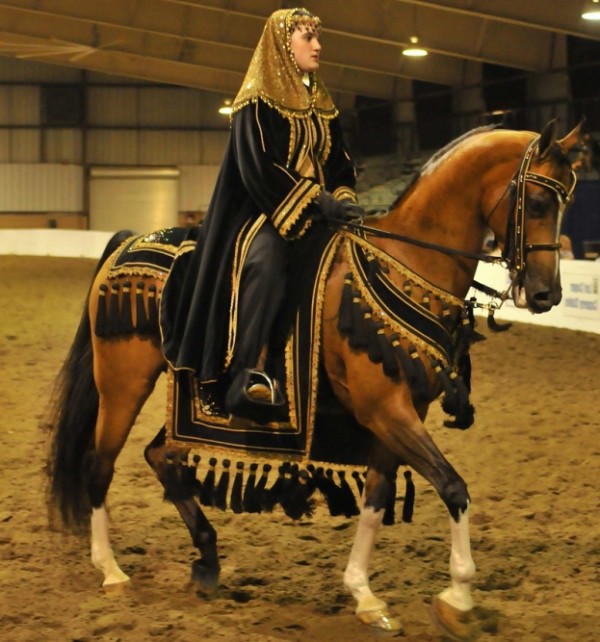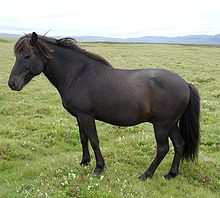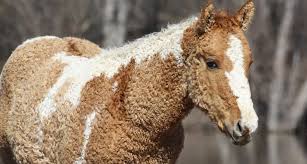nastya
Oldenburg horse breed
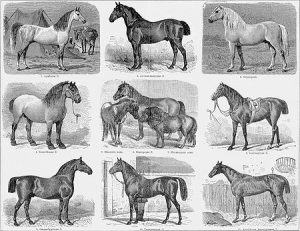 The Oldenburg breed is one of the oldest warm-blooded horse breeds that arose in the 17th century in a small German county (Oldenburg province, East Frisia). Named in honor of its founder, Count Anton Gunter von Oldenburg (1603-1667), who was passionately fond of horse breeding. His horse breeder subsequently became the best in Germany. And no wonder. Many factors contributed to this: a mild marine climate, spacious pastures rich in greenery, and also close proximity to Holland, which has long been famous for its ancient traditions of horse breeding. The Oldenburg horse at the beginning of its evolutionary development looked like a harnessed one, with a high-ranking gait (for the convenience of a collar), with movable wrists and shoulders. Then over the years, the appearance of the horse changed. German horse breeders always quickly adapted to the ever-changing demands on horses. However, it was not so much a quick change of orientation that made the Oldenburg horses popular, but rather the high quality standards for horses. For example, throughout the 17th century, the Oldenburg horse acted as a baroque-style horse. Continue reading
The Oldenburg breed is one of the oldest warm-blooded horse breeds that arose in the 17th century in a small German county (Oldenburg province, East Frisia). Named in honor of its founder, Count Anton Gunter von Oldenburg (1603-1667), who was passionately fond of horse breeding. His horse breeder subsequently became the best in Germany. And no wonder. Many factors contributed to this: a mild marine climate, spacious pastures rich in greenery, and also close proximity to Holland, which has long been famous for its ancient traditions of horse breeding. The Oldenburg horse at the beginning of its evolutionary development looked like a harnessed one, with a high-ranking gait (for the convenience of a collar), with movable wrists and shoulders. Then over the years, the appearance of the horse changed. German horse breeders always quickly adapted to the ever-changing demands on horses. However, it was not so much a quick change of orientation that made the Oldenburg horses popular, but rather the high quality standards for horses. For example, throughout the 17th century, the Oldenburg horse acted as a baroque-style horse. Continue reading
Russian scientists found out how modern horse breeds appeared
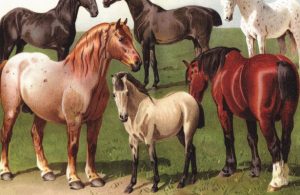 Using cutting-edge DNA research methods, an international research team of archaeologists, geneticists and evolutionary biologists from 85 scientific institutions around the world has collected genomic data that spans the last 42,000 years of horse development and has tracked the contribution of various genetic lines to the formation of modern breeds. horses. The results of the work can be found on the pages of the journal Cell, research supported by a grant from the Russian Science Foundation.
Using cutting-edge DNA research methods, an international research team of archaeologists, geneticists and evolutionary biologists from 85 scientific institutions around the world has collected genomic data that spans the last 42,000 years of horse development and has tracked the contribution of various genetic lines to the formation of modern breeds. horses. The results of the work can be found on the pages of the journal Cell, research supported by a grant from the Russian Science Foundation.
People tamed a horse about 5.5 thousand years ago, after dogs, cattle and pigs. From the moment they learned to ride, milk horses and control their reproduction, the history of mankind has radically changed. The ways of traveling and developing new territories, transporting goods and conducting military operations have become different. Depending on the region and various needs, people selected animals according to different principles – this is how different breeds of modern domestic horses appeared. Continue reading
OSSETIAN ROCK HORSE (part 4)
 The high level of development of horse breeding among the Alans is evidenced by archeological data and written sources. Thus, an excellent Alanian horse is reported by an anonymous Armenian author of the 9th century (according to other sources – the 11th century), referred to by some researchers as the Pseudo-Shapuh Bagratuni. In his work, he presents Alanya as a country in which there are many “noble horses” [7, p. 76]. Probably, noble horses are understood as purebred Alanian riding horses, distinguished by purity of blood and superior to other breeds by a combination of qualities necessary for a good riding horse.
The high level of development of horse breeding among the Alans is evidenced by archeological data and written sources. Thus, an excellent Alanian horse is reported by an anonymous Armenian author of the 9th century (according to other sources – the 11th century), referred to by some researchers as the Pseudo-Shapuh Bagratuni. In his work, he presents Alanya as a country in which there are many “noble horses” [7, p. 76]. Probably, noble horses are understood as purebred Alanian riding horses, distinguished by purity of blood and superior to other breeds by a combination of qualities necessary for a good riding horse.
Seljuk Sultans, who captured vast territories in the Middle East during the pre-Mongol period, were true admirers and deep connoisseurs of riding horses. Of all the known horse breeds, they usually chose between horses brought from Hungary or the Caucasus. Eastern authors call Caucasian horses “Tavlinsky” [4, p. 56]. Continue reading
